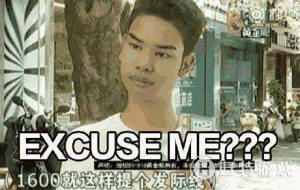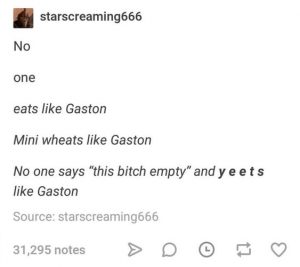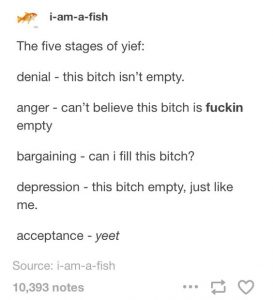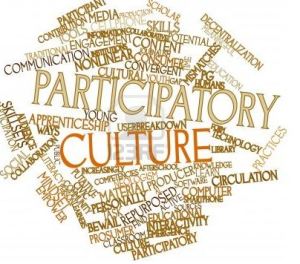About a month ago, a man whose last name is Wu fell in a trap. He walked in a barber’s shop, got a new hairstyle and got his eyebrow shaped, then he’s charged about 7500 dollars.
That sounds insane, but it truly happened in China. Actually, not only in China,there’re merchants who always take advantages from customers all over the world. These greedy merchants set continuous traps, they tell customers some products and services are free and then they charge an unbelievably high price for some additional services and customers are totally confused.
Back to Mr. Wu, lots of media companies covered it and he quickly became famous online. In just a few days he attracted a huge number of followers. However, people were glued on his funny appearance, they made a series of memes about this guy and totally ignored the serious social problem. Reporters intended to reveal these greedy merchants who make illegal money, but people got the wrong key points, which sounds ironic. The way that people “decode” the news is totally different from what stories reporters try to “encode”. We can find echoes in Hall’s “encoding, decoding” as oppositional code. According to Hall, “what are called ‘distortion’ or ‘misunderstanding’ arises precisely from the lack of equivalence between two sides in the communicative exchange.”
 (meme of Mr.Wu)
(meme of Mr.Wu)
The media then changes the direction, no one cares about how these social traps work, reporters kept interviewing the guy and asked boring questions which can attract readers. For instance, “Mr. Wu, you are ‘handsome’, have you ever thought of becoming an actor?” Wu replied, “I know, but I just wanna be an ordinary person.” His dialogues are popular online recently. The journalist was making fun of him, and the point is he looks so funny, and when he was asked, he confidently replied“I know”. More news like this is then reported, media workers know people are unwilling to read serious social problems, what they want is to be amused by anecdotes. Then “well-dressed” news stories are reproduced to attract more readers.
However, there are also some people who prefer to comprehend the “associative” meaning of these news which is called “connotation”. They care more about the social problems instead of superficial ones. They argue that the government has responsibility to prevent commercial traps from happening again. I strongly agree with these groups of people; the media needs to act more like a transmission of information instead of a tool of teasing someone.




